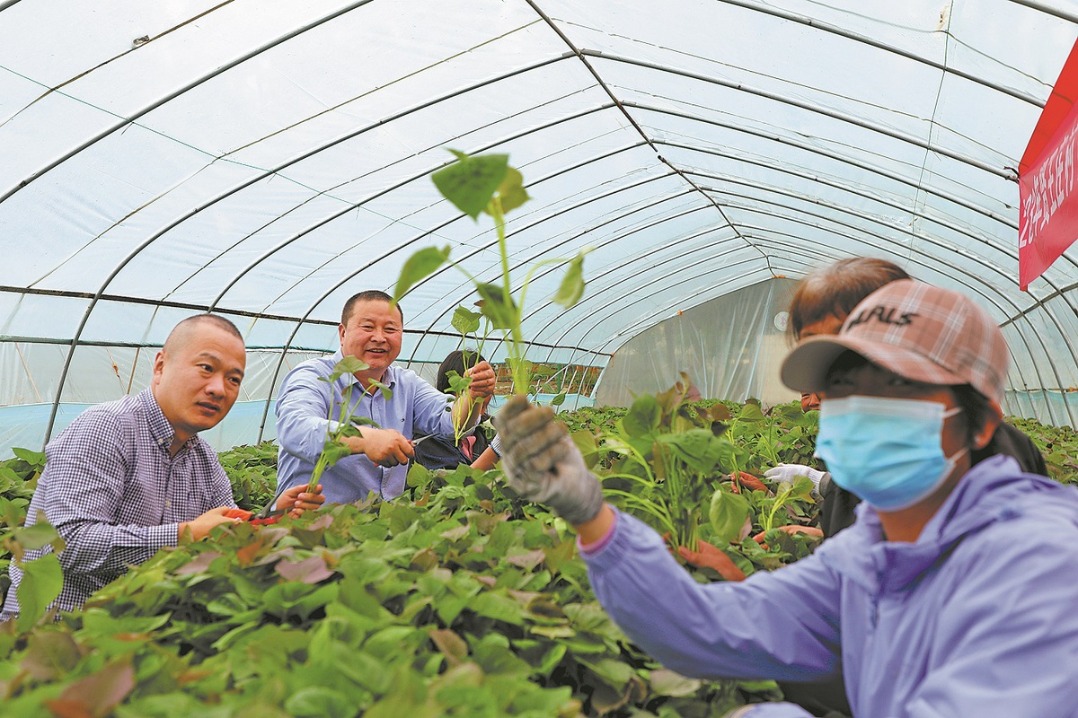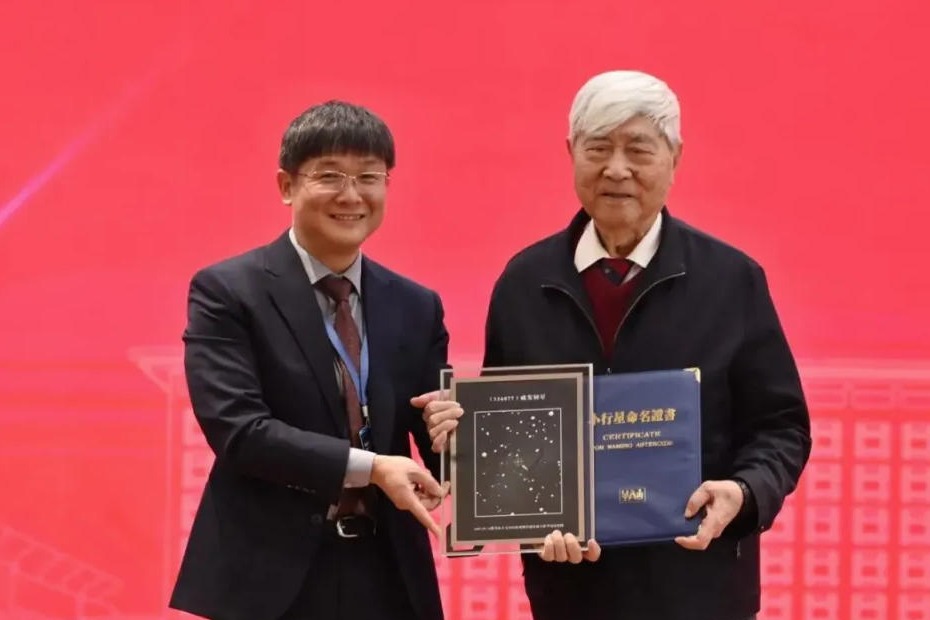Clean water projects a splash in Xinjiang

Raykhangul Abduklim was only 18 when tap water reached her home in the droughty county of Makit, Xinjiang Uygur autonomous region, 20 years ago.
That was when she ceased fetching water for washing, cooking and agricultural endeavors, which she had been doing mostly from nearby laoba, or makeshift reservoirs commonly seen in oases on the verge of the Taklimakan desert before the 1980s.
The facilities - spanning from 100 to 5,000 square meters - were an economical means of tackling water shortages in a region known for scarce rainfall and millions of poor farmers, but the problems loomed large.
During summer, the man-made ponds would become habitat for a wide range of organisms from frogs to mosquitoes, posing health risks for human drinkers.
"When you cook with water from laoba, you cannot finish the entire dish," said Raykhangul, who escaped poverty in 2016. "The remainder was a mixture of vegetables and sand."
Over the last two decades, local people's reliance on the primitive ponds have drastically declined thanks to the efforts of massive government-led campaigns that have brought treated water to hundreds of thousands of Uygur families.
The efforts received new momentum as the nation works to eliminate extreme poverty by the end of 2020. Water security is listed as a basic criterion for relief assessment, along with a minimum annual income of 2,300 yuan ($334) per person, safe housing and access to basic education and health service.
Figures provided by the local government show that in the last few months, 145 million yuan was pumped into projects aimed at further refining water quality to cope with ever increasing water consumption for hygienic purposes, such as showering and toilets.
Zhang Ming, deputy director of Makit's water resources bureau, said civilian water use has more than tripled over the last few years as flush toilets become common among local families.
"The money was also used to purchase equipment to reduce sulfate in drinking water, a major contributor to gallstones and other health problems," he said.
Makit was among many regions that have ramped up efforts to ensure rural water securities.
According to the Ministry of Water Resources, China has built a water supply network that covers 940 million rural residents since the founding of the People's Republic of China in 1949.
About 86 percent of villages now have access to a centralized water supply, and 81 percent have tap water, the ministry said.
Despite the progress, more than 1 million people nationwide still grappled with water shortages by the end of last year. For regions with a centralized water supply, excessive fluoride, insufficient supply and other problems still exist.
To solve the water problems while eliminating poverty, the central government decided in June to provide 60 million rural residents with safe drinking water in about 17 months.
Tian Xuebin, vice-minister of water resources, while speaking at a news conference last month, said the ministry aims to give 800,000 poor farmers access to safe drinking water by the end of the year and pledged that supplies will reach all poor families by the end of 2020.
- Taiwan opposition lawmakers announce plan to impeach Lai Ching-te
- Half marathon route along Suzhou Creek in Putuo
- People across China hold diverse events to mark Winter Solstice
- China issues guidelines to crack down on tobacco-related illegal activities
- 1 arrested after Hong Kong money changer employee robbed of about 1b yen
- Efforts intensified to ease business issues




































